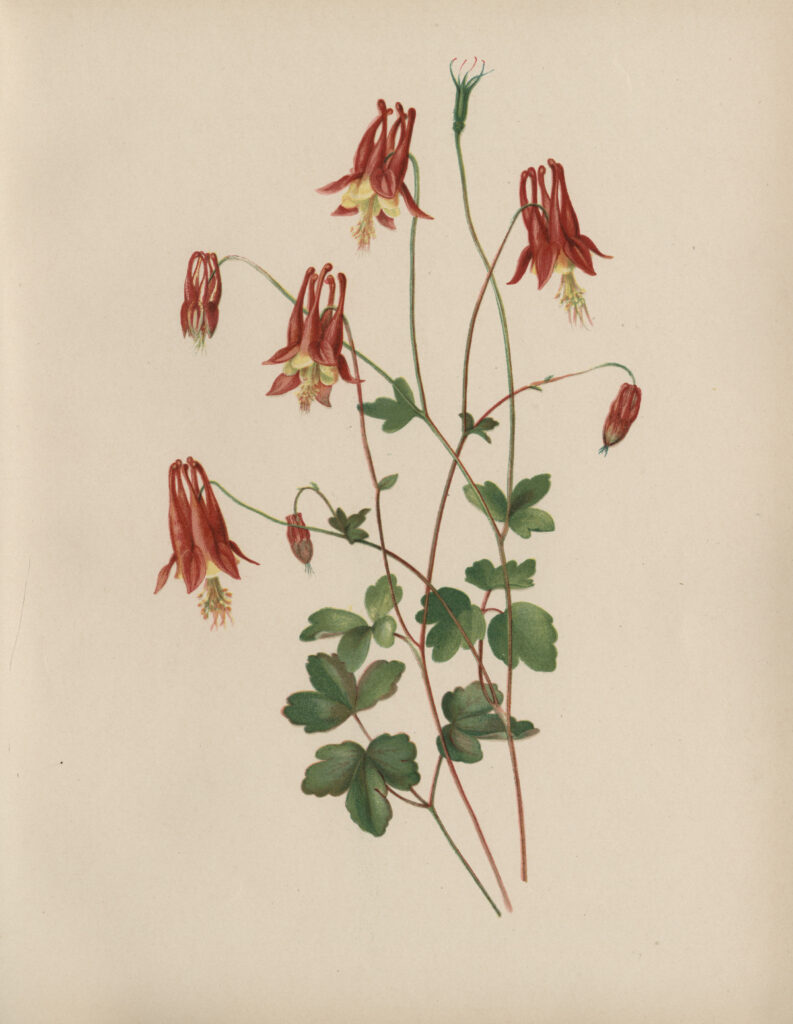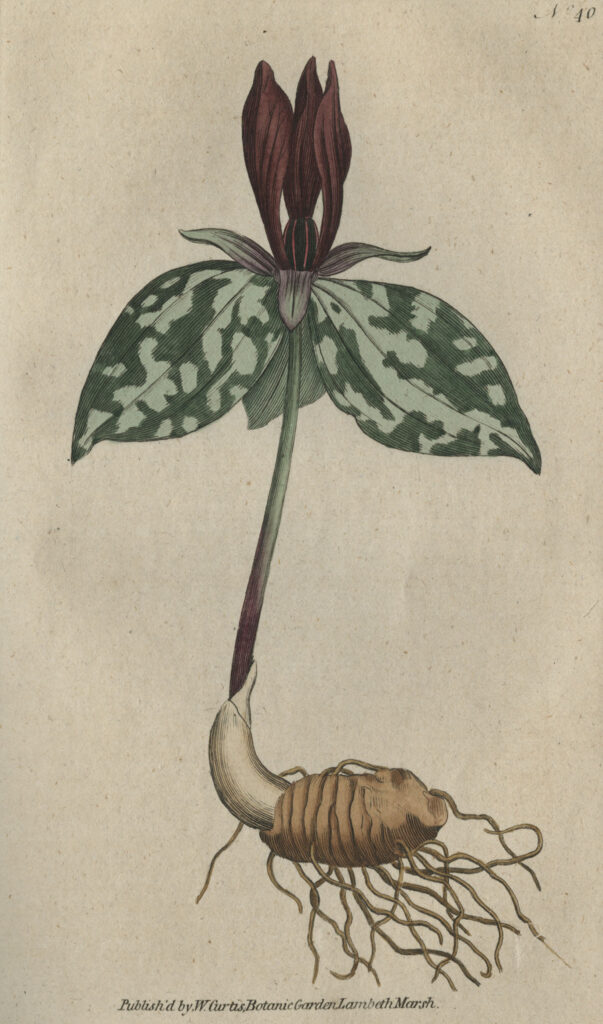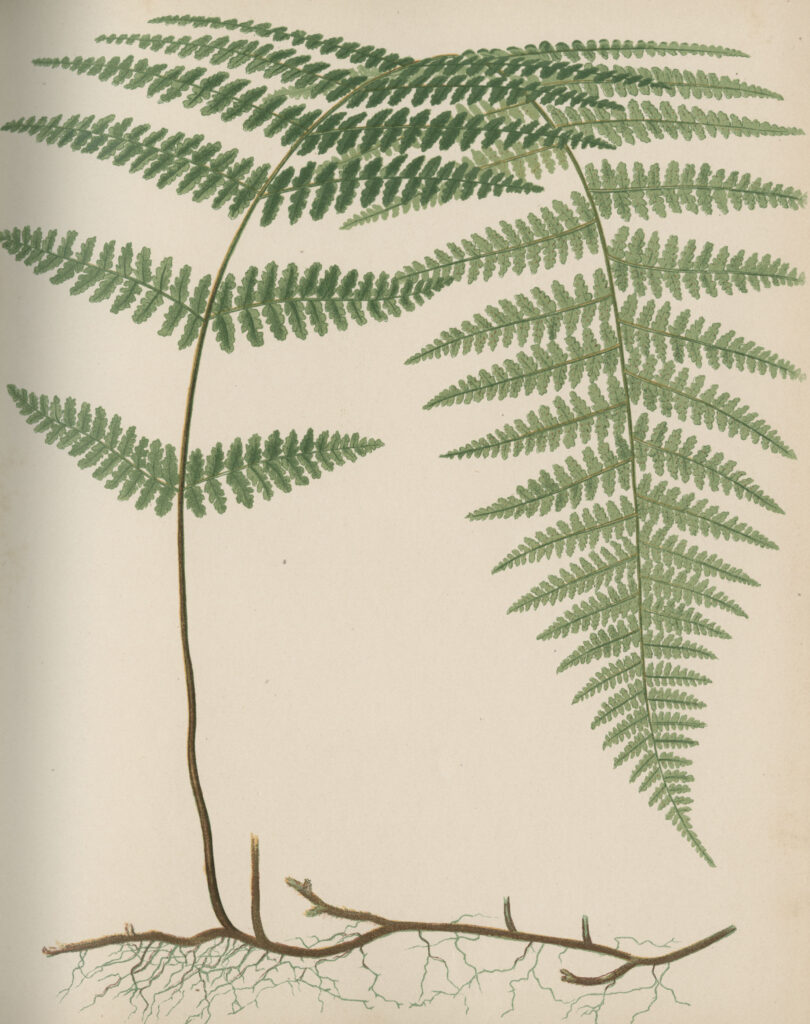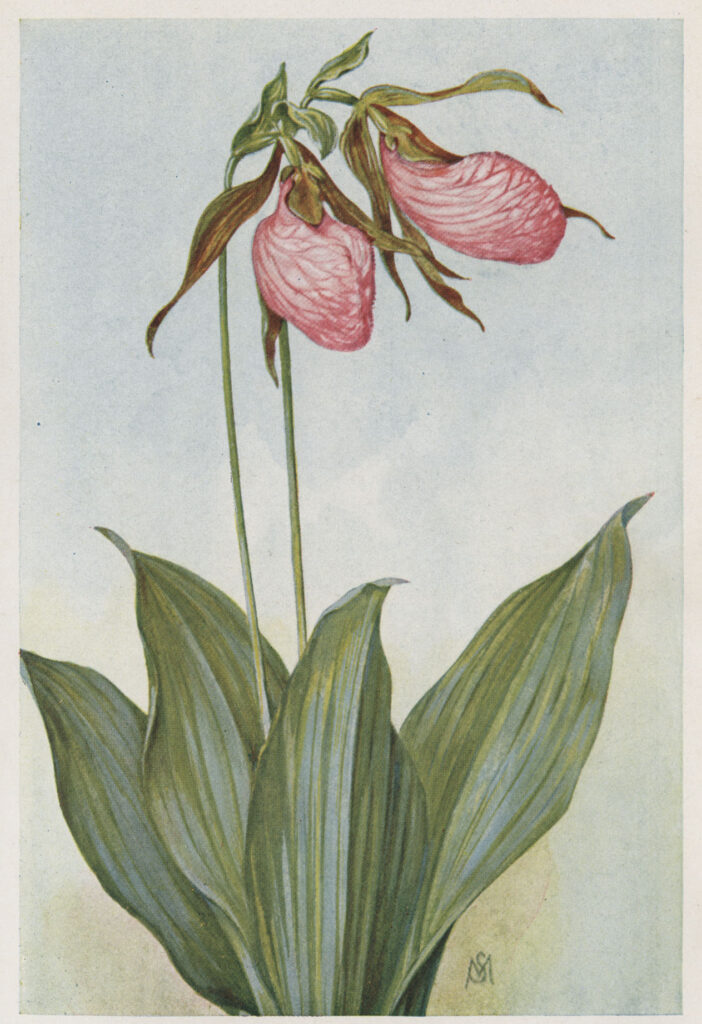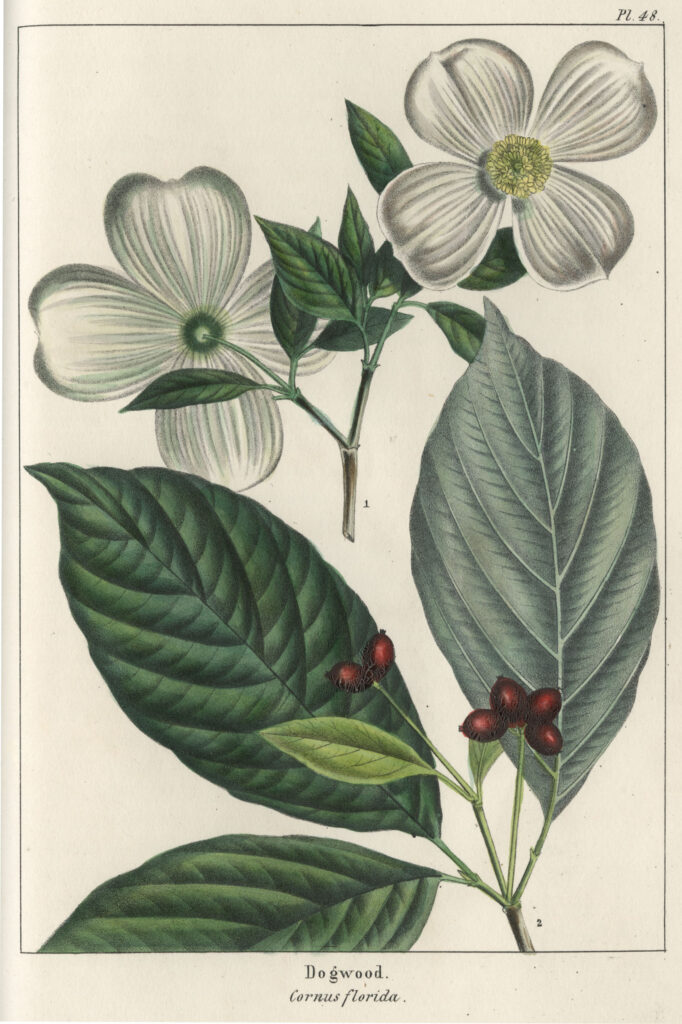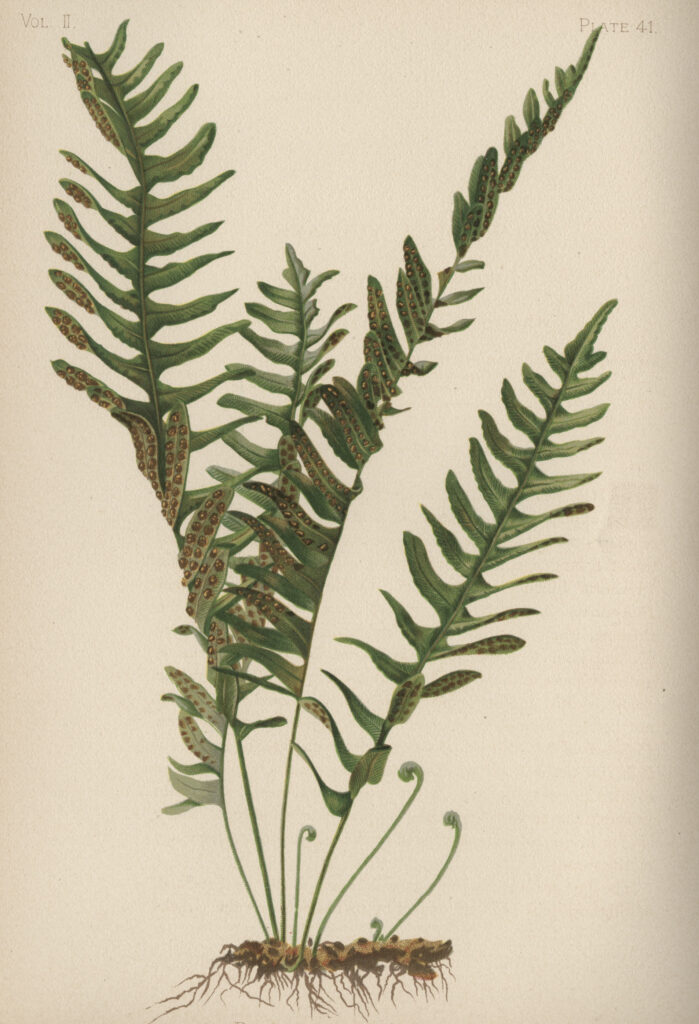Arthur Ballard Massey arrived in Blacksburg in 1918, ready to assume his duties as associate professor of plant pathology and bacteriology at Virginia Tech and as a researcher with the Virginia Agricultural Experiment Station. Just 29 years old, the Albemarle County native had already served as an instructor of botany at Clemson University for three years and as assistant botanist at the Alabama Agricultural Research Station for five. His tenure at Virginia Tech would span 40 years.
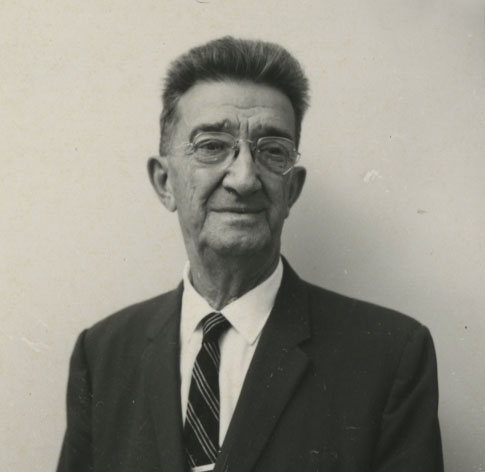
Educational requirements for careers in academia were not as stringent a century ago as they are today, and despite holding only a bachelors degree until 1928, Massey devoted most of his first decade at Virginia Tech to instruction. He taught all of the university’s bacteriology courses until 1924, and in that year was assigned to teaching full-time. In 1935, Massey became a botanist in the Virginia Cooperative Wildlife Research Unit, a position he would hold until his 1959 retirement; Masseys duties during these years became much more focused on research rather than instruction.
In a 1992 biographical sketch, Professor Curtis W. Roane wrote, “One might describe Massey as a complete botanist. He taught and conducted research in many phases of botany but he excelled in the taxonomy of Virginia flowering plants and will be most remembered for his collections and records of this flora.” Massey found the universitys herbarium to be a particularly useful teaching tool, and during his tenure, the herbarium steadily expanded. Massey is credited with adding 25,000 specimens to the collection, and in recognition of his contributions, the herbarium today bears his name.
While serving as chair of the Virginia Academy of Science’s Flora Committee, Massey cofounded the botanical journal Claytonia, a forerunner of today’s Virginia Journal of Science, and he worked with colleagues from the University of Virginia in establishing the Mountain Lake Biological Station. Perhaps most significantly among his accomplishments, Massey added greatly to the literature on the commonwealth’s flora, publishing such works as The Ferns and Fern Allies of Virginia (1944), Orchids in Virginia (1953), and Poisonous Plants in Virginia (1954).
In addition to several of these publications, Special Collections holds the Arthur B. Massey Papers (Ms1962-002). Among the papers are a number of essays and other works written by Massey and others on various botanical subjects. The collection also contains photographs and lists of trees on the Virginia Tech campus, valuable resources for studies of the campuss arboreal history and landscape development.
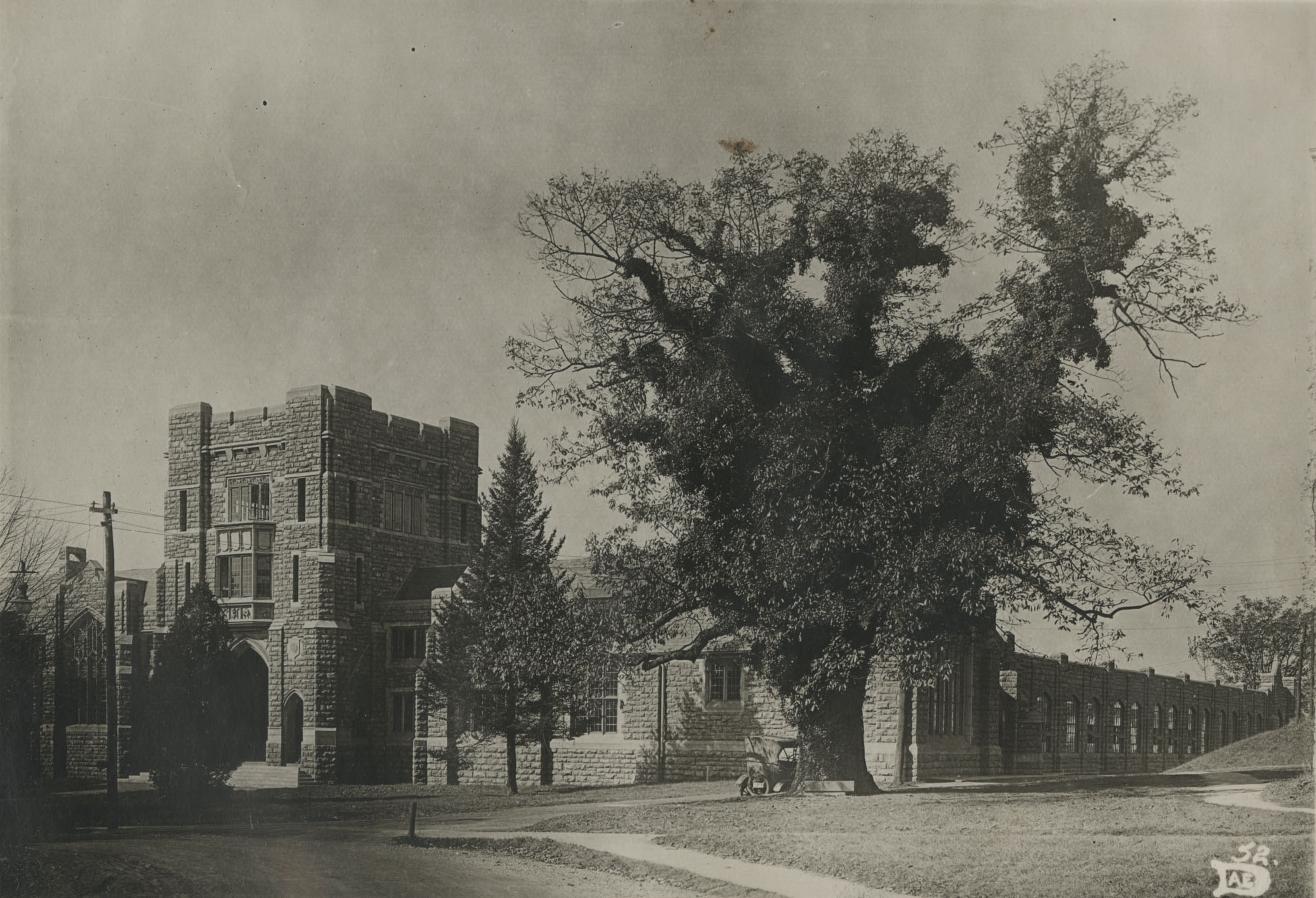
Also among the papers is an undated essay by Massey titled “Wild Flower Conservation.” In it, the botanist warns that exploitation has endangered a number of native wildflower species:
We have inherited, to a large degree, the notion that the native plants growing in the fields, meadows, and woodlands, the great out-of-doors, are there for the first to come (first come, first served, never mind who follows). Thoughtful Americans are awakening to the realization that some of our most interesting native plants are becoming rare and well nigh on to extinction… By education and example we need to develop a wild flower consciousness and a true interest in their conservation.
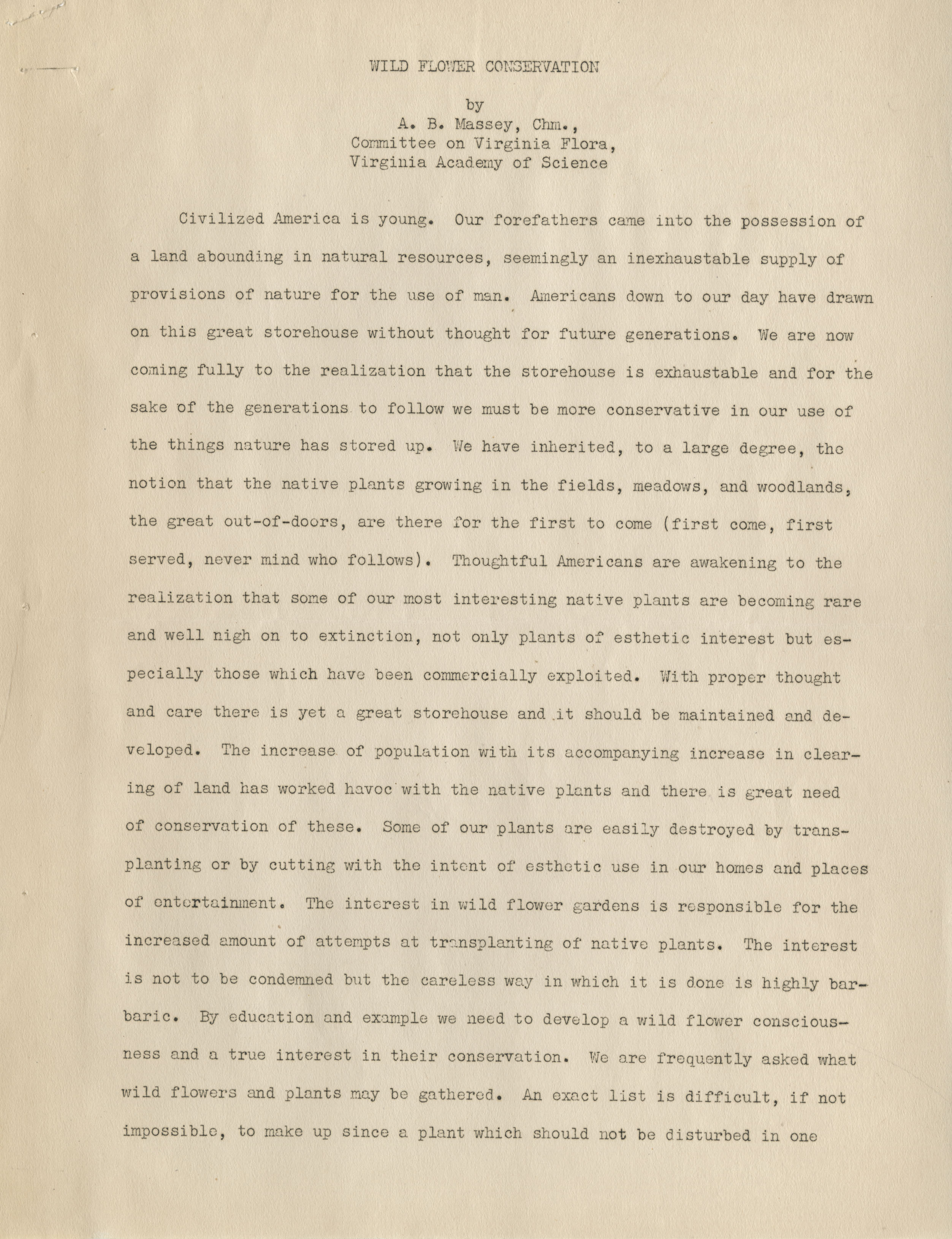
Though the conservation of natural resources was no new concept at the time (the American conservation movement having its roots in the late 19th century), the paper was written years before conservation would enter the mainstream of American consciousness, and it shows a growing realization among naturalists that valuable species were being irrevocably lost to careless overharvesting. While Masseys little essay is hardly a landmark in environmental thought, it expresses views that the professor undoubtedly shared with students through instruction and with peers and the public at large through his writings and outreach, influencing the viewpoints of those he taught.
Here in the New River Valley, were fortunate to live in a region of abundant biodiversity. Though the landscape has altered dramatically since the arrival of the first Euro-American settlers, it remains in large part a healthy ecosystem. The preservation of this ecosystem remains the living legacy of A. B. Massey and the many naturalists like him who have encouraged us to learn about, to engage with, and to value the living things that we see around us every day. Thats something to keep in mind as we venture outdoors and enjoy the colorful changes that spring brings to the surrounding fields and woods.
And if youre unable to get outside, pay us a visit, and well be happy to pull some of the many books we have on the subject of flora (local, national, and elsewhere), a small, colorful sampling from which you can see below:
